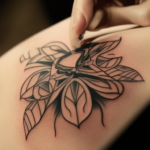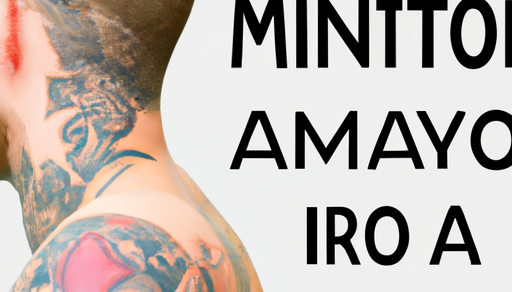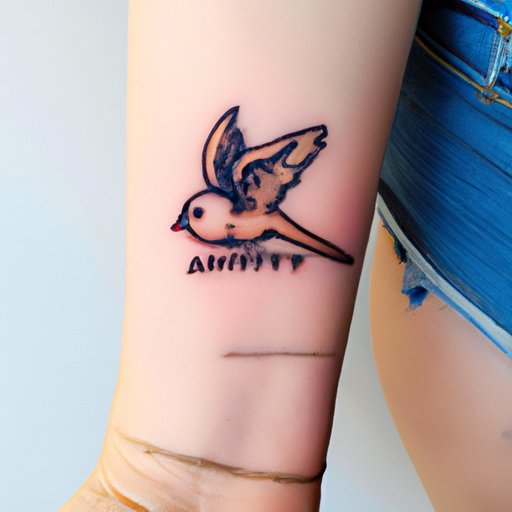 Tattoos are a form of body modification that involve the insertion of ink or pigments into the skin to create a permanent design or image. Tattoos can be created using a needle or electric tattoo machine, which pierces the skin and injects ink into the dermis layer. Tattoos can vary in size, shape, color, and complexity, and can be placed anywhere on the body. They can serve various purposes, including cultural or religious significance, personal expression, or identification. Tattoos are a form of self-expression and artistic creativity that have been practiced by people throughout history and across different cultures.
Tattoos are a form of body modification that involve the insertion of ink or pigments into the skin to create a permanent design or image. Tattoos can be created using a needle or electric tattoo machine, which pierces the skin and injects ink into the dermis layer. Tattoos can vary in size, shape, color, and complexity, and can be placed anywhere on the body. They can serve various purposes, including cultural or religious significance, personal expression, or identification. Tattoos are a form of self-expression and artistic creativity that have been practiced by people throughout history and across different cultures.
 The History of Tattoos
The History of Tattoos
Tattoos have been a part of human culture for thousands of years, with evidence of their existence dating back to ancient times. Throughout history, tattoos have served various purposes, ranging from religious and cultural significance to personal expression and identification. In this blog post, we will explore the history of tattoos and how they have evolved over time.
 Ancient Times
Ancient Times
The earliest evidence of tattoos can be found on the mummified remains of the Ötzi the Iceman, a 5,300-year-old frozen body discovered in the Italian Alps. Ötzi had over 50 tattoos on his body, which were created using soot and needles made of bone or stone. Tattoos were also prevalent in ancient Egypt, where they were seen as a sign of wealth and status. Wealthy Egyptians had tattoos on their arms, legs, and chest, while slaves and servants were often marked with tattoos on their foreheads.
 Polynesia
Polynesia
Tattoos have a rich history in Polynesia, where they were known as tatau. These tattoos were created using a needle attached to a wooden handle, which was tapped into the skin using a mallet. Polynesian tattoos were often intricate and highly symbolic, representing cultural identity, social status, and personal beliefs. They were also used to indicate a person’s rank within a tribe or to mark significant life events, such as marriage or the birth of a child.
Europe
In Europe, tattoos were primarily associated with sailors and were often used as a means of identifying them in case they were lost at sea. Tattoos became more popular in Europe in the 19th century, thanks in part to the influence of Polynesian culture. Many sailors who visited Polynesia brought back tattoo designs, which were then adopted by Europeans.
 The Modern Era
The Modern Era
In the 20th century, tattoos became more mainstream and began to be associated with rebellious subcultures, such as bikers and rockers. However, tattoos also gained more acceptance among the general population, and today they are a common form of self-expression.
In recent years, tattoos have become more sophisticated, with the advent of modern tattooing techniques and equipment. Tattoos can now be created using electric tattoo machines, which allow for more precise lines and shading. New ink colors have also been developed, and artists can now create incredibly detailed and realistic designs.






